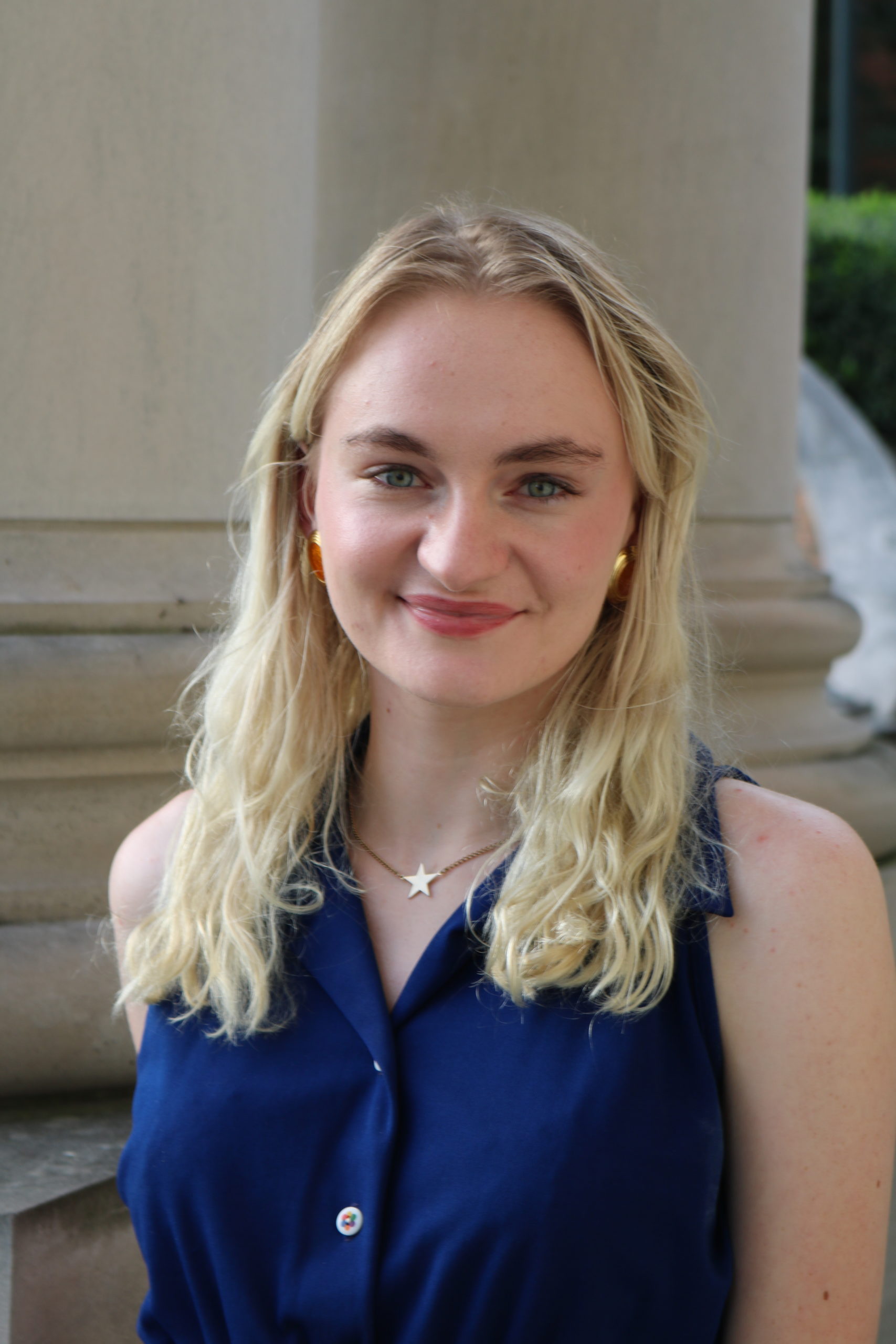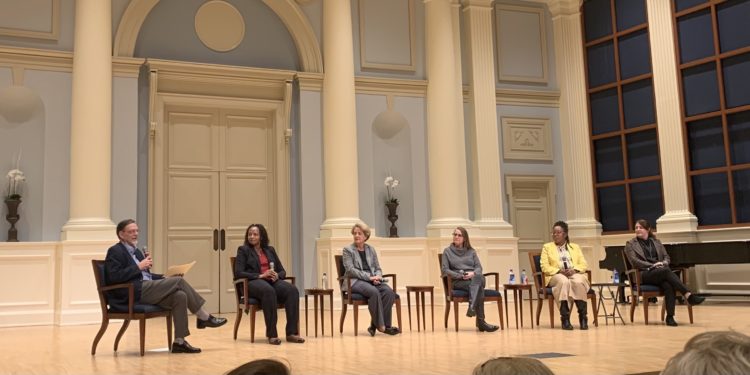On Thursday Nov. 11 at 7:30 p.m, Samford’s Department of Architecture and Interior Design hosted “Protective Stadium: A Team Approach,” a panel discussion featuring five team members that were part of construction and development of the new Protective Stadium in downtown Birmingham.
Building the Protective Stadium is a project that has been in the works for almost 20 years. The panel members discussed several of the challenges they faced in the design, construction, and development of the stadium.
Because the stadium backed into a residential neighborhood, the project tried to meet the needs of both the city and the residential communities.
President of Macknally Land Design and landscape architect Lee Ann Macknally explained how the community requested that there be ample sidewalks and community areas facing the neighborhood so that residents could enjoy what would have been an otherwise obtrusive and intimidating space.
“The northern side of the stadium is designed with smaller pocket parks as well as gateway entrances, with the big focus on game day entrances being on the south side that faces the uptown district, so that you are respectful to the neighborhoods with noise levels even when the game days and the crowds are going on,” Macknally said.
Another community consideration presented during the project was how to handle outdoor lighting. President of Hyde Engineering and electrical engineer Liz Hyde discussed the engineer’s decision to make the lights naturally flow with surrounding neighborhoods.
“They did try to make the lighting not as institutional is a good word. They wanted it to feel like a park, and I think they achieved that. I think it looks absolutely wonderful,” Hyde said. “We wanted it to flow with the rest of the area and the rest of Uptown, which already had some decorative lighting. We didn’t want to call attention to the stadium as being this different thing, but we wanted it to be a part of this entire complex. And I think we really achieved that.”
One of the primary logistical factors during this project was how to reroute traffic in downtown Birmingham in a way that wouldn’t unnecessarily burden Birmingham residents. Senior project manager of design and construction for the Birmingham Jefferson Convention Complex, Shelia Montgomery Mills, said that they were very concerned about the traffic.
“During all this time, they were tearing down and rebuilding bridges, we were doing all this infrastructure for the stadium and further disrupting the traffic,” Montgomery-Mills said. “It was very important for us along the way to make sure that we didn’t push people further north into those neighborhoods.”
General Contractor and Project Manager for Brasfield and Gorrie, LLC. Virnetta Woodbury explained how this concern about traffic impacted how they approached scheduling construction.
“When we did the initial phase of coming up with what our plan was, the neighborhoods were a big part of that plan,” Woodbury said. “We were trying to figure out how to make everything happen on the site, so we made sure that we weren’t disrupting the traffic with all the trucks coming in at the same time.
All five of the panel members were women, representing an incredibly high ratio of women in leadership for a construction project such as this. Nolada Hatcher, Cumberland Law School graduate and Studio 2H Design architect, discussed how the role of women in architecture and engineering has changed during her career.
“There are a lot more women in construction in Birmingham from when I started. There still aren’t a lot of female engineers, and I’m hoping what I’m seeing in architecture will trickle over into engineers because I’m really encouraged by the young female architects that I see coming up,” Hatcher said.
Hyde explained how grateful she was to be a part of such a historic project in the city of Birmingham.
“I’m grateful to the city and the BJCC because they pushed for women and minorities to be a part of this project,” Hyde said. “I feel like I’m just a little girl from Birmingham that grew up, got a degree in engineering, somehow ended up in consulting, and started this business, and now I get to be a part of this? That’s pretty incredible.”

Editor-in-Chief






